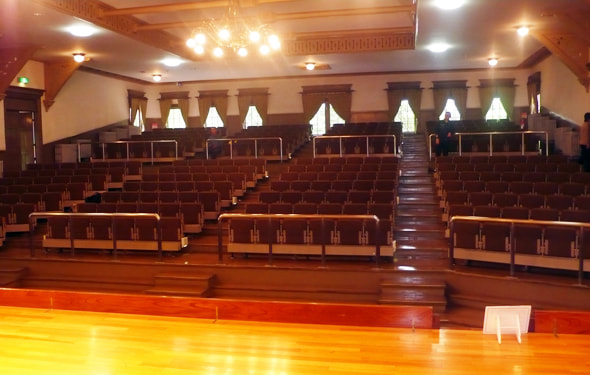
The music hall, after which Sogakudo was named, is a small hall measuring 16.4 meters long and 26.4 meters wide, and has 338 seats. In order to optimize its acoustics, the ceiling is vaulted, which is supported by crossbeams. In this small hall, a number of concerts have been performed, and many musicians started out their careers.(continued in the lower column)
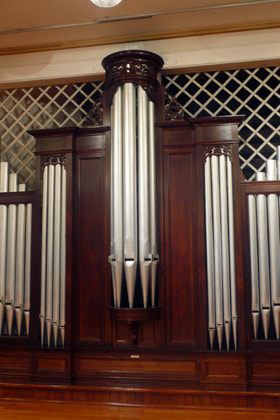
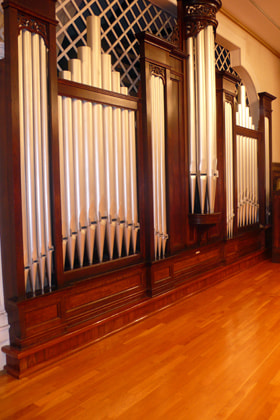
The highlight of Sogakudo is the splendid pipe organ. The organ was ordered to Abbott & Smith, a British firm, in 1914 in order to install it in Nanki-Gakudo which was founded by Marquis Yorisada Tokugawa, but its completion was significantly delayed due to the First World War. It was first played in front of an audience in October 1920, and drew attention as the first concert organ in Japan. However, since Nanki-Gakudo was damaged by the Great Kanto Earthquake in 1923, the organ became unusable. Therefore, Yorisada Tokugawa donated the organ to Tokyo Music School, and it was installed in Sogakudo.


Shown here is Nanki-Gakudo which was built in 1918 at the Kishu-Tokugawa family's property in Azabu. Its basic design was drafted by British Architect Sir Alfred Brunwell Thomas and the working design was produced by William Merrell Vories. Nanki-Gakudo, however, was damaged by the Great Kanto Earthquake in 1923, and closed. Later, it was demolished.
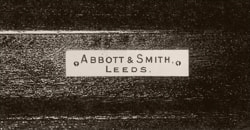
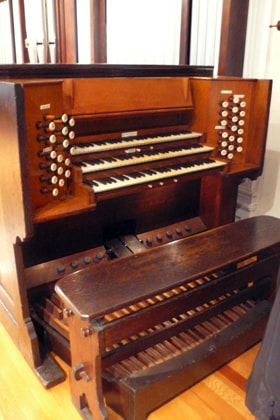
The oldish-looking appearance reflects its history. When Sogakudo was relocated and reconstructed, the damaged organ was also repaired.
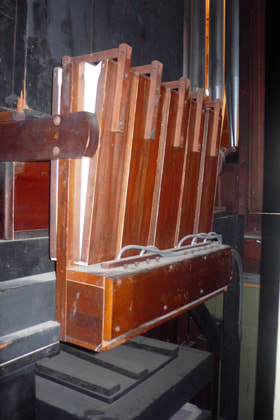

The back of the statue of Rentaro Taki can be seen through the window.
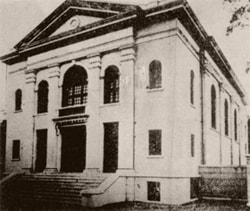
Shown here is Nanki-Gakudo which was built in 1918 at the Kishu-Tokugawa family's property in Azabu. Its basic design was drafted by British Architect Sir Alfred Brunwell Thomas and the working design was produced by William Merrell Vories. Nanki-Gakudo, however, was damaged by the Great Kanto Earthquake in 1923, and closed. Later, it was demolished.

The plate of Abbott & Smith, a British firm, can be found on a keyboard of the pipe organ.














